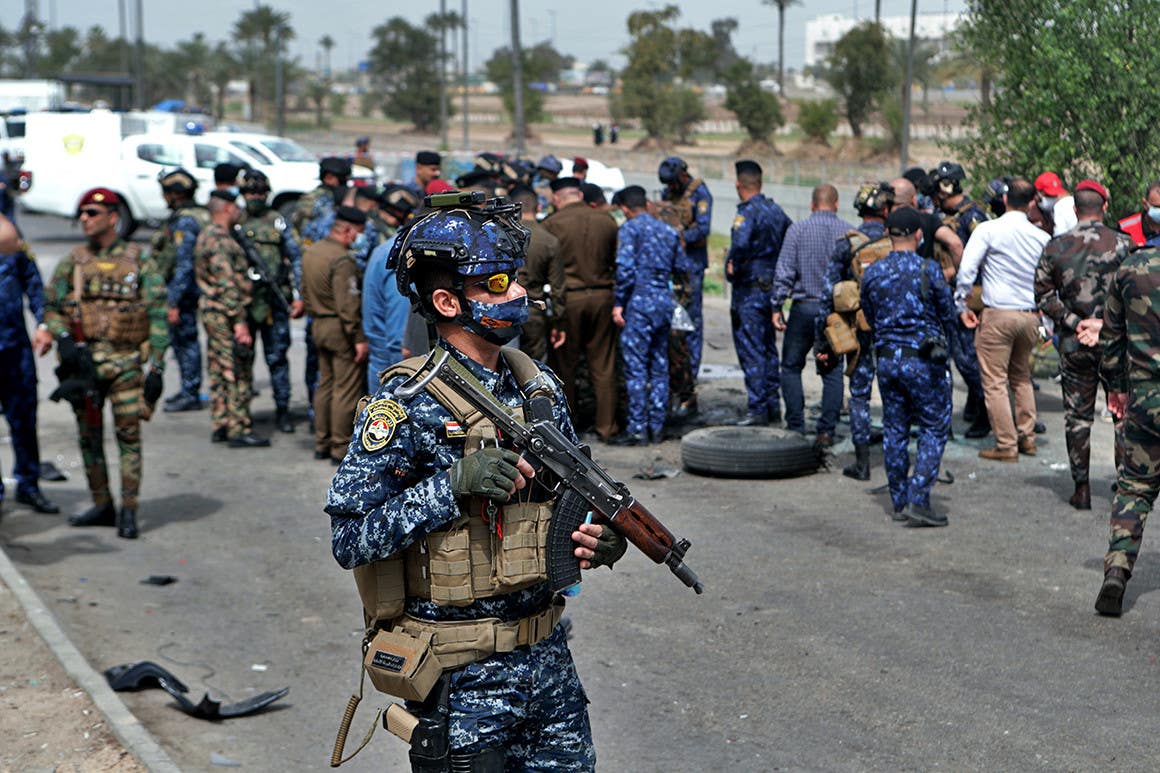Life expectancy can be as much as 14 years shorter in violent countries
According to the research, violent deaths are responsible for a high proportion of the differences in lifetime uncertainty.

[Feb. 6, 2023: Bradley Smith, University of Oxford]
How long people live is less predictable and life expectancy for young people can be as much as 14 years shorter in violent countries compared to peaceful countries. (CREDIT: Creative Commons)
How long people live is less predictable and life expectancy for young people can be as much as 14 years shorter in violent countries compared to peaceful countries, according to a new study from an international team, led by Oxford’s Leverhulme Centre for Demographic Science. It reveals a direct link between the uncertainty of living in a violent setting, even for those not directly involved in the violence, and a ‘double burden’ of shorter and less predictable lives.
According to the research, violent deaths are responsible for a high proportion of the differences in lifetime uncertainty between violent and peaceful countries. But, the study says, ‘The impact of violence on mortality goes beyond cutting lives short. When lives are routinely lost to violence, those left behind face uncertainty as to who will be next.’
Lead author Dr José Manuel Aburto from Oxford's Leverhulme Centre for Demographic Science and the London School of Hygiene and Tropical Medicine, adds, ‘What we found most striking is that lifetime uncertainty has a greater association with violence than life expectancy. Lifetime uncertainty, therefore, should not be overlooked when analysing changes in mortality patterns.’
Using mortality data from 162 countries, and the Internal Peace Index between 2008-2017, the study shows the most violent countries are also those with the highest lifetime uncertainty. In the Middle East, conflict-related deaths at young ages are the biggest contributor to this, while in Latin America, a similar pattern results from homicides and interpersonal violence.
Related Stories:
"What we found most striking is that lifetime uncertainty has a greater association with violence than life expectancy", said Dr José Manuel Aburto.
But lifetime uncertainty was ‘remarkably low’ between 2008-2017, in most Northern and Southern European countries. Although Europe has been the most peaceful region over the period, the Russian invasion of Ukraine will impact this.
In high-income countries, reduced cancer mortality has recently helped to reduce lifetime uncertainty. But, in the most violent societies, lifetime uncertainty is even experienced by those not directly involved in violence.
The report states, ‘Poverty-insecurity-violence cycles magnify pre-existing structural patterns of disadvantage for women and fundamental imbalances in gender relations at young ages. In some Latin American countries, female homicides have increased over the last decades and exposure to violent environments brings health and social burdens, particularly for children and women.’
Global lifetime uncertainty (SD) and level of violence (GPI internal peace) for men and women conditional on surviving to age 10 in 2017. (CREDIT: Science Advances)
Study co-author Professor Ridhi Kashyap, from the Leverhulme Centre, says, ‘Whilst men are the major direct victims of violence, women are more likely to experience non-fatal consequences in violent contexts. These indirect effects of violence should not be ignored as they fuel gender inequalities, and can trigger other forms of vulnerability and causes of death.’
"Global violence is a public health crisis, with tremendous implications for population health", said Dr Vanessa di Lego.
According to the report, lower life expectancy is usually associated with greater lifetime uncertainty. In addition, living in a violent society creates vulnerability and uncertainty – and that, in turn, can lead to more violent behaviour.
Predicted lifetime uncertainty by sex, ranked from highest to lowest lifetime uncertainty across the most violent and peaceful countries. (CREDIT: Science Advances)
Countries with high levels of violence experience lower levels of life expectancy than more peaceful ones, ‘We estimate a gap of around 14 years in remaining life expectancy at age 10 between the least and most violent countries…In El Salvador, Honduras, Guatemala and Colombia the gap in life expectancy with high income countries is predominantly explained by excess mortality due to homicides.’
Study co-author Vanessa di Lego, from the Wittgenstein Centre for Demography and Global Human Capital, adds, ‘It is striking how violence alone is a major driver of disparities in lifetime uncertainty. One thing is for certain, global violence is a public health crisis, with tremendous implications for population health, and should not be taken lightly.’
Note: Materials provided above by University of Oxford. Content may be edited for style and length.
Like these kind of feel good stories? Get the Brighter Side of News' newsletter.
Joseph Shavit
Head Science News Writer | Communicating Innovation & Discovery
Based in Los Angeles, Joseph Shavit is an accomplished science journalist, head science news writer and co-founder at The Brighter Side of News, where he translates cutting-edge discoveries into compelling stories for a broad audience. With a strong background spanning science, business, product management, media leadership, and entrepreneurship, Joseph brings a unique perspective to science communication. His expertise allows him to uncover the intersection of technological advancements and market potential, shedding light on how groundbreaking research evolves into transformative products and industries.



